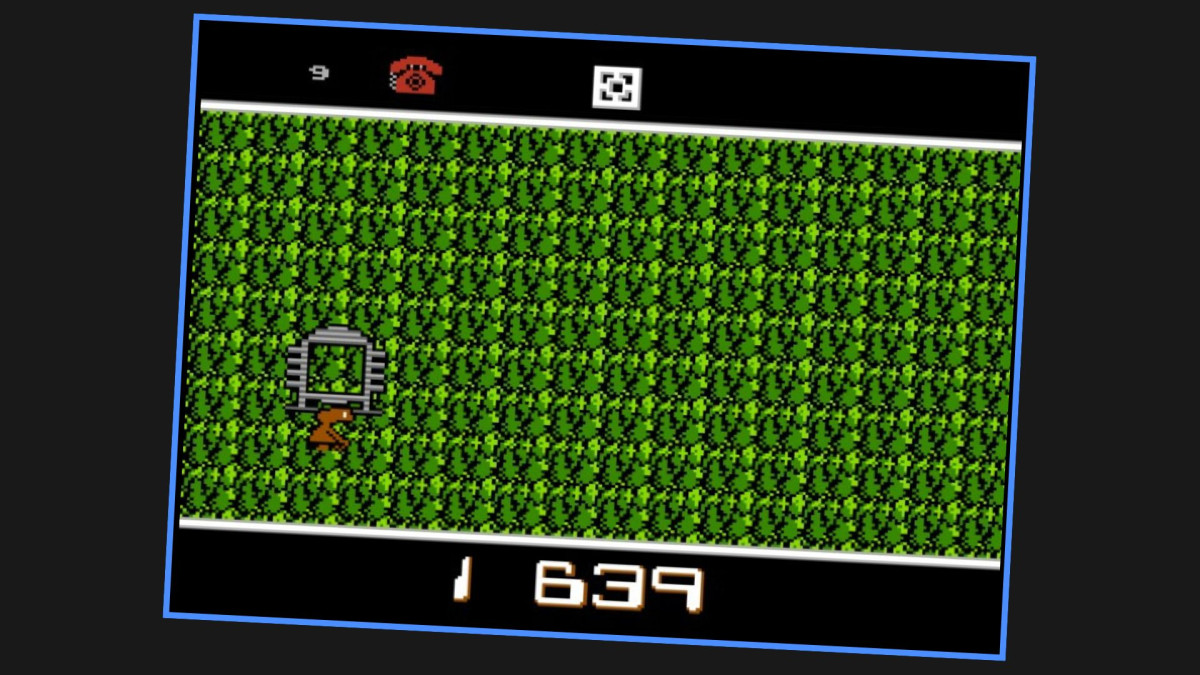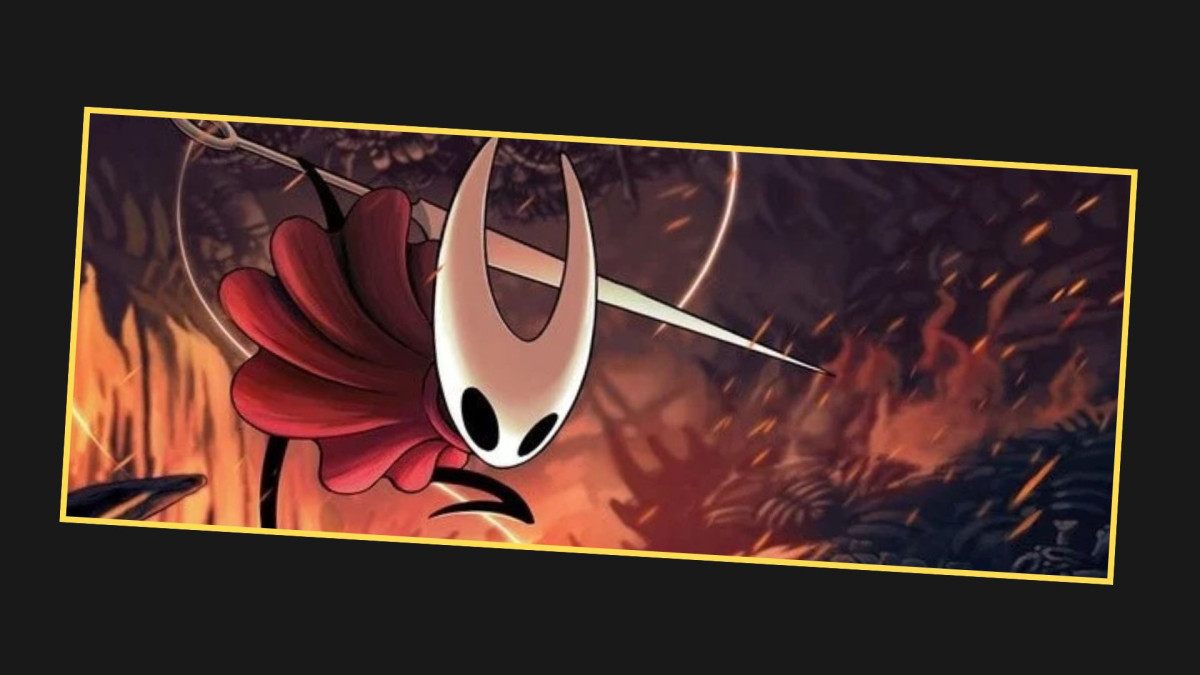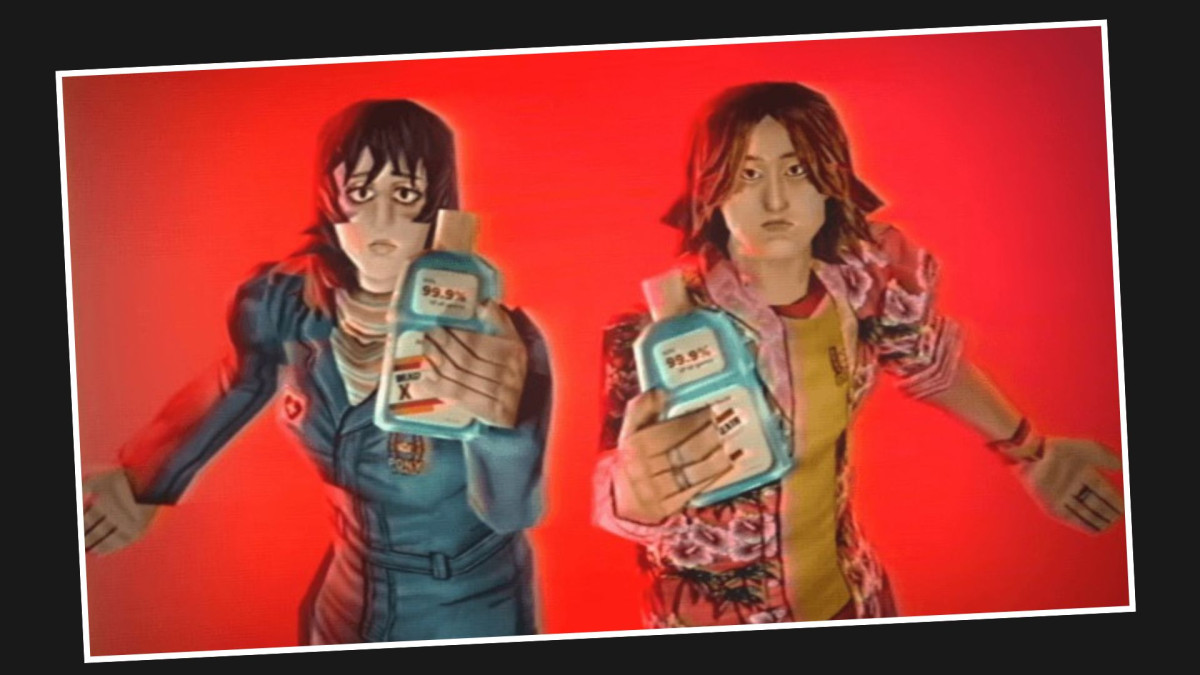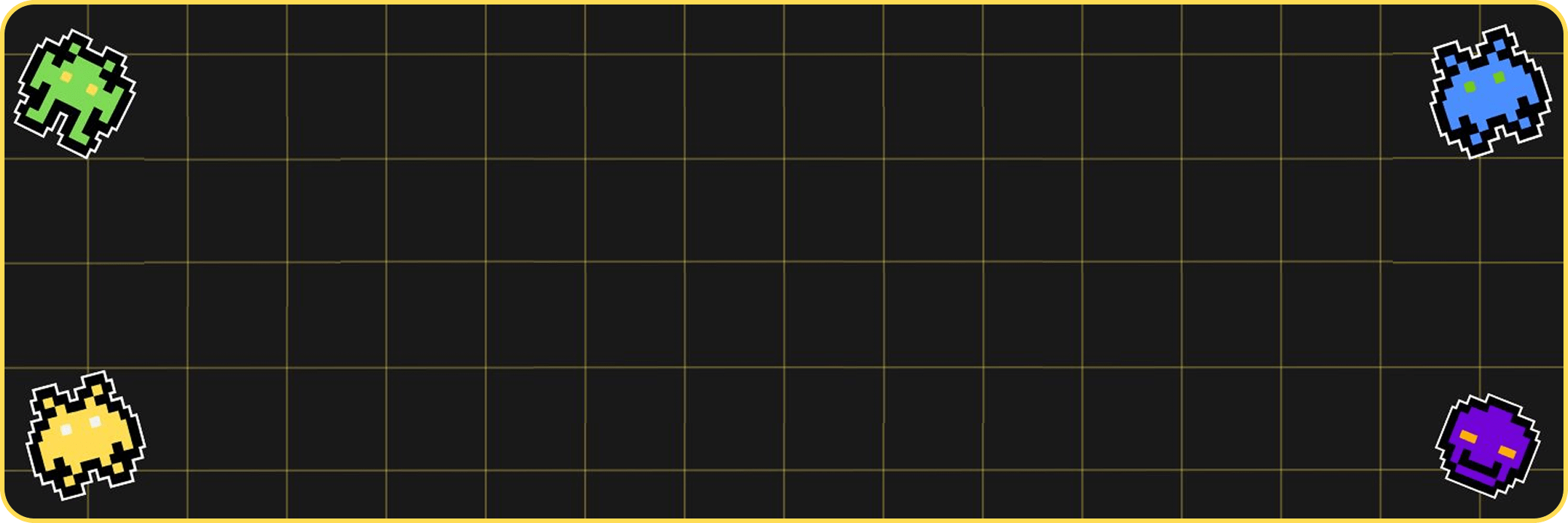Smaller budget, bigger courage. That’s why indie games are flourishing. There’s freedom, a bit of risk, and the kind of experimentation that made us fall in love with games in the first place. How we reached overload and what actually works now: find out in our new piece.
Why are indie games becoming more popular than AAA titles? Players are tired of repetitive blockbusters and monetization overload. Indie studios offer creativity, passion, and new ideas, and that’s exactly what’s driving the modern gaming revolution.
What Has Made Indie Games So Popular?
Today, indie games are one of the most vibrant, talked-about categories in the industry. Just open the App Store, Google Play, or Steam, and you’ll see the indie section constantly filling up with new titles. But here’s the question: have indie games always been this popular? And what’s behind their rise?
Indie games are projects created by small studios, or sometimes by just a single developer, without backing from big publishers. They rarely come with multimillion-dollar budgets, but they have one big advantage: creative freedom.
Indie devs aren’t afraid to take risks, experiment, and tell stories that might seem too eccentric, niche, or even bleak for major publishers to greenlight. This raises a question: if this kind of creativity resonates with players, why don’t the giants of the industry do the same?
The Atari Shock
To answer that, we need to rewind a bit and look at the history of gaming. The industry has been through crises before. The biggest one was the infamous video game crash of 1983, better known as the “Atari Shock.”
By the early 80s, the American video game market was booming. Console sales were skyrocketing, and the Atari 2600 had become a household staple. Its success attracted dozens of companies, who started pumping out games in bulk. But there was a problem: audiences weren’t thrilled with hundreds of nearly identical titles. Over 500 games were released for the Atari 2600 in 1982 alone. And the quality? Questionable at best.
Many studios simply cloned existing games, while others rushed titles to market without testing or optimization. The infamous E.T. The Extra-Terrestrial was developed in just five weeks to meet a Christmas deadline. Out of four million cartridges produced, only half a million sold. The rest ended up buried in a landfill in Alamogordo, New Mexico.
 Source: https://indiegamerchick.com/2025/04/01/etfornes/
Source: https://indiegamerchick.com/2025/04/01/etfornes/But the crash wasn’t just about low-quality games. Atari had almost no control over what was being published on its consoles. The company paid the price: in 1983, Warner Communications (Atari’s parent company) reported a USD 180 million loss, and by the end of the year, Atari had lost USD 536 million,according to The New York Times (October 17, 1983).
History tends to repeat itself, and decades later, we can spot similar warning signs in the AAA industry.
The AAA Conveyor Belt
One of the biggest symptoms of stagnation is formulaic development. Many players talk about how the AAA market stagnates, and big games barely introduce any changes to their formulas.
As a result, a lot of players tend to think that major publishers shy away from risks. Why reinvent the wheel when you can just tweak what already works? The consequence is that instead of bold new concepts, players get sequels and spin-offs. Shooters change the setting or the weapon lineup. Sports simulators update graphics and team rosters. But the core mechanics stay the same.
And these releases still cost players premium prices.
“These prices? It feels like they’re actively daring us to quit.”
Many in the gaming community argue that such titles feel more like expansions than standalone products. This is how the “games as a service” model took over, shifting the focus from delivering finished works to maximizing how long players stay hooked. Julie Muncy explored this in detail for WIRED.
Racing Against the Deadline
Repetition isn’t the only issue. Publishers increasingly push unfinished games to market to avoid getting into trouble with the stakeholders, but they’re then faced with backlash, negative reviews, and endless post-launch patches. The problem isn’t just haste; it’s structural. The bigger the budget, the harsher the schedules and investor pressure to hit release dates “no matter what.” It’s a vicious cycle: big money leads to strict deadlines, and that leads to compromised quality.
How Does Monetization Affect Trust?
Today, monetization isn’t about simply selling the games themselves. It’s about loot boxes, microtransactions, season passes, and endless updates. Even single-player titles are turned into ongoing “services.” Players see this not as added value but as publishers trying to squeeze out every last dollar. Trust is eroded, and gamers now expect hidden monetization in almost every new release.
How Did Indie Games Fill the Gap?
This is where indie games come in.
Small studios aren’t weighed down by giant budgets or investor demands. Their games aren’t factory-made or bogged down by aggressive monetization. Instead, they offer something players crave: originality.
The defining trait of indie games is their focus on fresh ideas and experimentation over flashy graphics or massive marketing campaigns. Indies often combine genres, invent new mechanics, or explore artistic directions that AAA studios avoid. This freedom allows them to tackle deeper themes, social issues, or emotional narratives. And they speak to players who are looking for more than just gameplay. We talked about this in a previous article: “Games Not for Everyone.”
Even modest projects can attract huge audiences and rival blockbuster titles: just look at Undertale, Hollow Knight, or Mouthwashing. Digital platforms have made it easier than ever for indie devs to reach millions worldwide.
 Source: https://www.teamcherry.com.au/blog/hollow-knight-silksong-revealed
Source: https://www.teamcherry.com.au/blog/hollow-knight-silksong-revealed The recently released Hollow Knight: Silksong is a prime example of a “big indie.” Developed by Team Cherry, the game builds on the success of the original while adding new mechanics, worlds, and characters.
The dev team announced the release date as August 21, but when the game launched on September 4, it created massive buzz. Development took seven years, and the team described it as an enjoyable creative journey. The team’s co-founders even said:
“We’ve been having fun. This whole thing is just a vehicle for our creativity anyway. It’s nice to make fun things.”
That mindset helped produce not just a worthy sequel but a fresh experience.
At launch, players faced an unexpected problem. Demand was so overwhelming that Steam’s servers buckled. Players reported crashes, failed downloads, and login issues. According to GameDiscoverCo, Silksong sold over 3.2 million copies on Steam within its first two weeks, with another 1.5 million downloads through Xbox Game Pass.
Critics praised its improved visuals, faster combat, and deeper story. The Washington Post even compared it to a work of literature, highlighting its artistic ambition.
Mouthwashing
 Source: Mouthwashing by Critical Reflex and Wrong Organ
Source: Mouthwashing by Critical Reflex and Wrong OrganThen there’s Mouthwashing, a psychological horror with a narrative edge.
The game blew up thanks in part to TikTok, where users made edits, cosplay, and videos set to Imogen Heap’s “Headlock.” The trend gave the game viral momentum and revived the song in the charts. For many fans, the track is now inseparable from the game itself.
Mouthwashing shows how indie titles can transcend traditional gaming circles and become cultural phenomena when boosted by social media. Viral content has become a powerful tool for indie success.
Fun fact: we even worked on the Mouthwashing localization.
So, Where Does the Industry Stand Now?
Indie games have thrived amid AAA stagnation, bridging the gap between developers’ creative ambitions and players’ desire for something new. They’ve become a much-needed breath of fresh air, keeping the industry diverse and pushing genres forward that might otherwise remain niche.
But it’s important to stress that indies don’t replace AAA projects. Instead, they balance the ecosystem, ensuring that gaming stays alive, experimental, and exciting.




